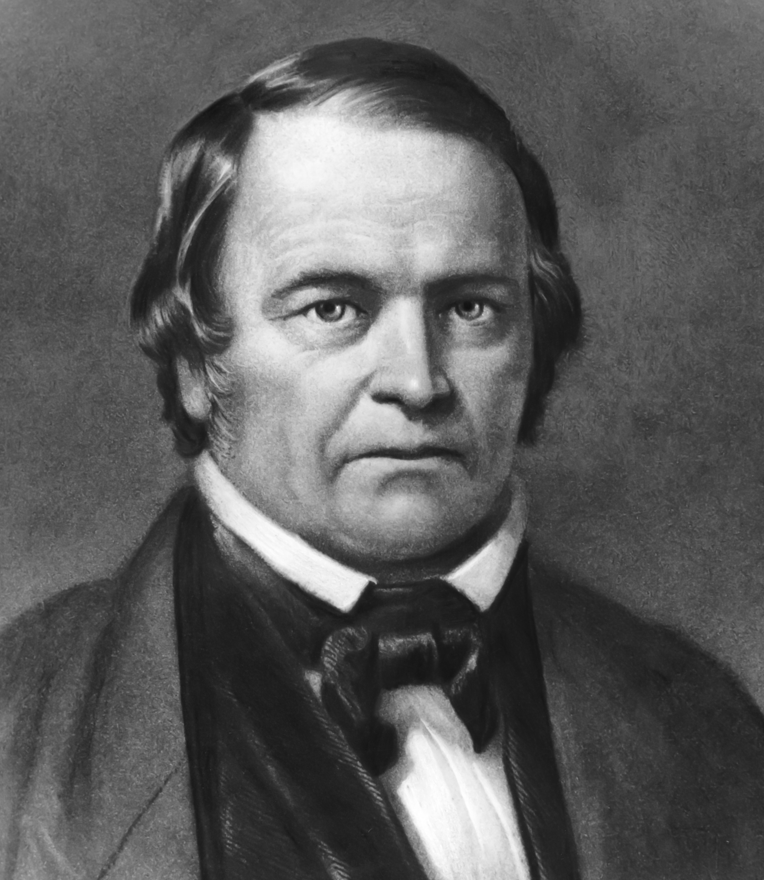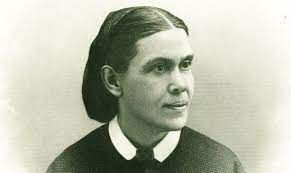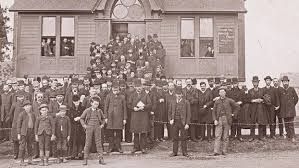The Seventh-day Adventist Church came out of a nineteenth-century movement known as the Advent Movement.
In the early 1800's, a Baptist minister named William Miller, was studying the book of Daniel. His studies led him to Daniel 8:14, which says, "Unto 2300 days then shall the sanctuary be cleansed." When William Miller calculated the 2300 time period, he discovered that this period would expire in the year 1844 (he originally thought it would end in 1843).
Although William Miller correctly calculated the time of this prophecy, he unfortunately, misinterpreted what the cleansing of the sanctuary meant and began to preach that Jesus was coming on October 22, 1844.
William Miller's message caught fire and believers from various denominations began to preaching that Christ's second "advent" was soon to happen. As the message picked up steam they began to call themselves Adventists. When October 22, arrived, Adventists everywhere watched the sky with anticipaion, but Jesus obviously did not come and the people were greatly disappointed. As a matter of fact, this event went down in history as the Great Disappointment.




